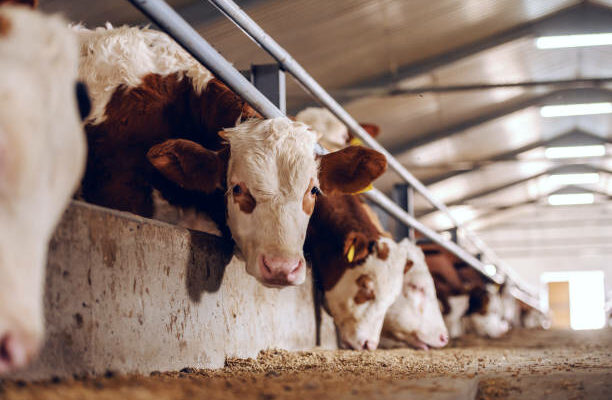Cattle trading is a popular and profitable way to invest your money. However, there are some important things you need to know before getting started. Here are eight tips to help you get started on the right foot.
-
Learn the Basics of Cattle Trading
Before venturing into the world of cattle trading, educating yourself on the basics is important. That includes learning about the different types of cattle, the key characteristics to look for in each breed, and the typical weight ranges. You need to know how the market works, what factors affect prices, and how to interpret market data. You should also be familiar with common terms used in the industry, such as “herd,” “feedlot,” and “auction.” Learning about the basics of cattle trading will better equip you to make informed decisions and avoid costly mistakes.
-
Find a Good Broker
A broker can make a big difference in your success as a trader. They can provide you with market research, advice, and execution services. They will have extensive knowledge of the market and will be able to get you the best price for your cattle. The broker will also be able to advise you on when to buy and sell and will keep you up-to-date on market conditions. In addition, a good broker will have a network of contacts that can help you find buyers or sellers. It is worth paying a commission to a good broker as they can save you time and hassle in the long run.
-
Develop a Trading Plan
Any successful trader will tell you that a key element to success has a trading plan. Without a plan, you can easily get caught up in the excitement of the market and make impulsive decisions leading to losses. Your trading plans should outline your goals, risk tolerance, and investment strategy. It should also include rules for when to enter and exit trades. Stick to your plan, and don’t let emotions get in the way of making sound decisions.
-
Manage Your Risk
Risk management is a crucial part of any trading plan. You need to determine how much risk you are willing to take and then put limits to protect yourself. In addition, you need to plan how you will exit a trade if things go against you. One way to manage risk is to use stop-loss orders. A stop-loss order is an order to sell a security when it reaches a certain price. That can help limit your losses if the market turns against you.
Another way to manage risk is to diversify your portfolio by investing in different types of cattle or other assets. It will help reduce the overall risk of your investment and provide you with some protection if the market for one type of cattle collapses. In addition, it’s important to diversify your selling strategies. Do not put your eggs in one basket by relying on a single buyer or market. By diversifying, you’ll be able to weather any market downturns and come out ahead in the long run.
You can also manage risk by insuring your herd against market volatility. Various hedging products are available and working with a broker can help you choose the right one for your operation.
-
Keep Track of Trends
While there is no sure way to predict market movements, keeping track of trends can give you an edge in cattle trading. Pay attention to weather patterns, global events, and changes in the industry landscape. The cattle market is constantly changing, and you must stay on top of the latest news. Several ways to do this include reading industry publications, attending cattle auctions, and talking to other traders. By monitoring these trends, you can anticipate where the market is heading and make informed decisions about when to buy and sell.
-
Have Realistic Expectations
Cattle trading can be risky, so it is important to have realistic expectations about profits and losses. Don’t expect to get rich quickly from cattle trading. Like any investment, there is always some risk involved. It is also essential to remember that prices fluctuate rapidly, so you must be prepared for both highs and lows. If you are a newbie in the industry, starting small and gradually increasing your position over time is advisable. You can stay afloat by appropriately managing your expectations and risks, even in difficult market conditions.
-
Get Help from an Expert
If you’re new to cattle trading, it’s important to get guidance from someone who knows the ins and outs of the market. An experienced cattle trader can offer valuable cattle trading solutions and insight into market trends, pricing, and other factors that can impact your bottom line. While hiring an expert may cost you money, it’s often worth it in the long run. The experts can also connect you with a network of other traders so that you can learn from their experiences. With their assistance, you can make cattle trading a success. Getting help from an expert can give you a leg up on the competition and improve your chances of success.
-
Review and Improve
Reviewing past performance is essential for any trader or investor who wants to remain profitable over the long term. It helps identify strengths & weaknesses, which then be addressed through further education or technology. Constantly seeking new ways to improve systems & strategies leads to increased profits & decreased drawdowns. Also, reviewing performance makes it possible to catch errors early on & correct them before they cause major damage. Cattle traders should review their performance regularly & work to improve their skillset.
Conclusion
When trading cattle, the most important thing to remember is to do your research. Know the market you’re entering, understand the risks and opportunities involved, and have a plan for how you’ll execute your trades. Cattle trading is complex and risky, but it can be profitable if you know what you’re doing.


Comments